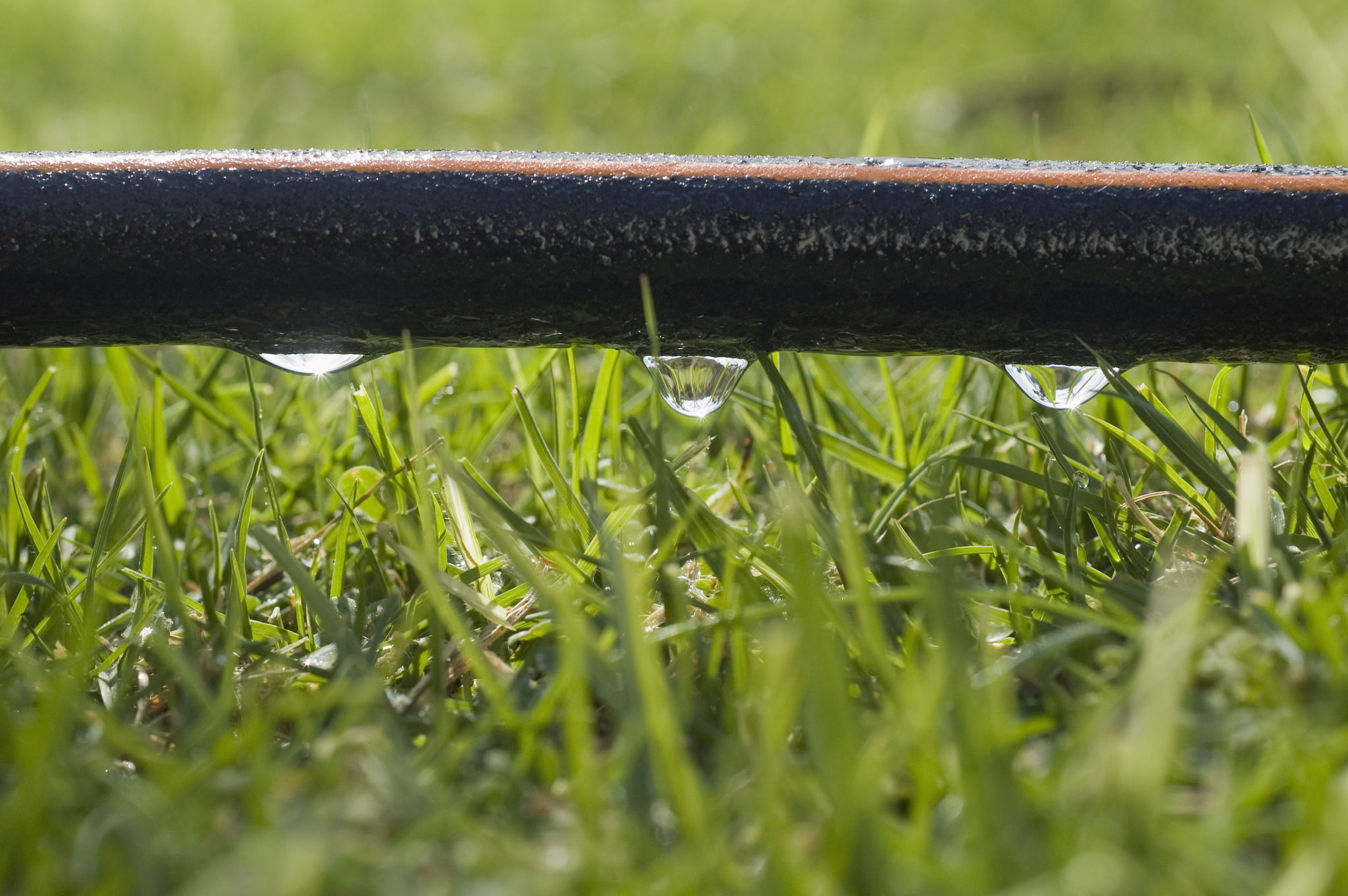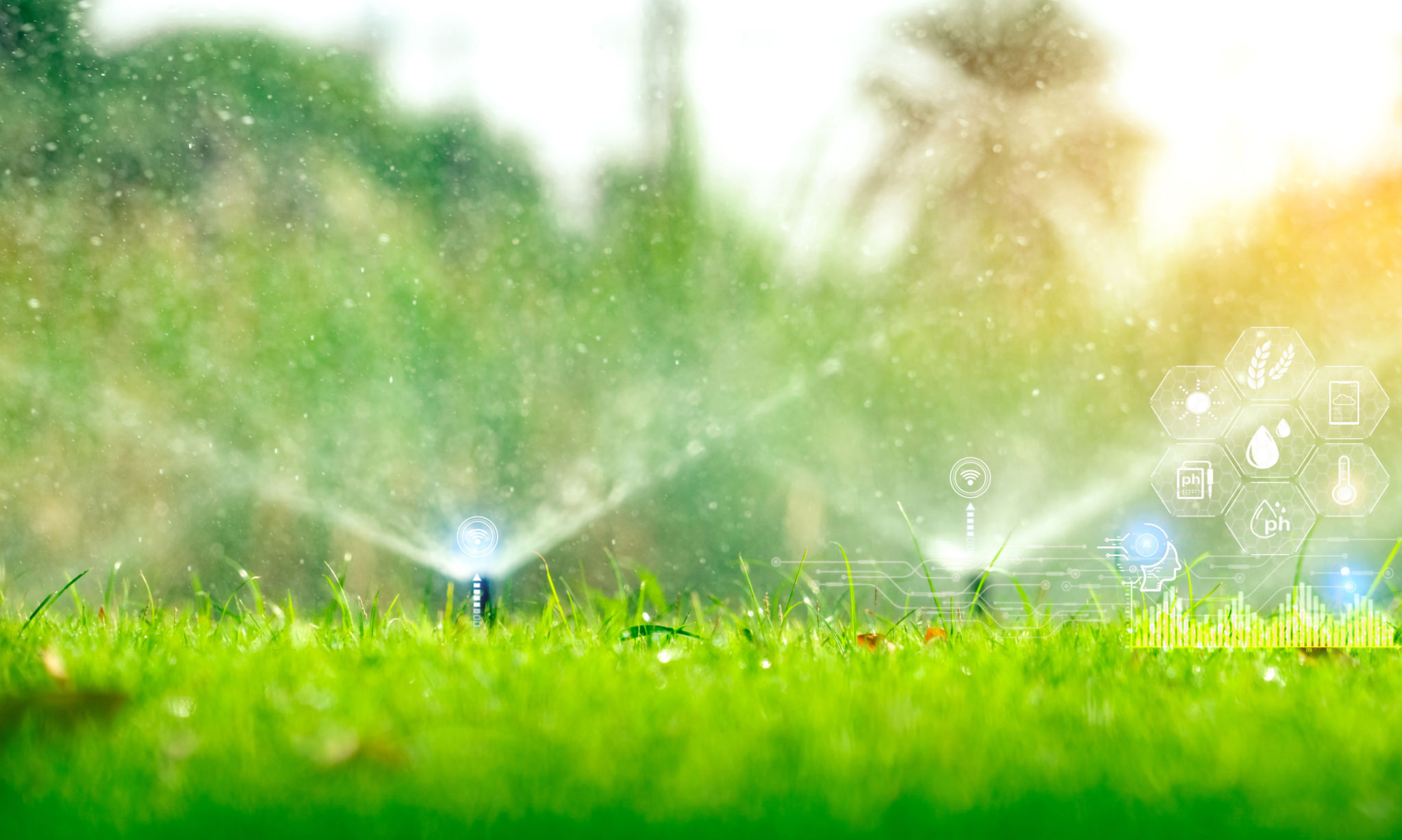DIY Irrigation Solutions for Small Gardens: Tips from the Pros
Understanding the Basics of DIY Irrigation
Creating an efficient irrigation system in your small garden can be both rewarding and practical. Not only does it save water, but it also ensures your plants receive the consistent moisture they need to thrive. Before diving into specific solutions, it's essential to understand the basics of DIY irrigation. By grasping these fundamentals, you'll be well-equipped to choose the best system for your garden's unique needs.
DIY irrigation systems can range from simple setups using basic materials to more sophisticated ones involving timers and sensors. The key is to select a solution that fits your garden size, plant types, and water availability. Whether you're a seasoned gardener or a novice, building your own system can be a gratifying project.

Choosing the Right Irrigation Method
When it comes to irrigation, there are several methods to consider. The most popular options include drip irrigation, soaker hoses, and sprinkler systems. Each has its advantages and limitations, so understanding these can help you make an informed decision.
Drip Irrigation
Drip irrigation is ideal for precision watering. It delivers water directly to the plant's root zone, minimizing evaporation and runoff. This method is perfect for gardens with plants that require consistent moisture levels. Setting up a drip system involves laying tubing with emitters strategically placed near each plant.
Soaker Hoses
Soaker hoses are an economical choice for small gardens. They work by allowing water to seep through tiny pores along the hose's length, providing even moisture distribution. They're easy to install and particularly effective in vegetable gardens or flower beds where plants are closely spaced.

Sprinkler Systems
For those looking to cover larger areas, sprinkler systems may be the way to go. These can be either stationary or oscillating, with the latter providing coverage for rectangular spaces. While sprinklers are versatile, they may not be as water-efficient as other methods, so consider using them during cooler parts of the day to minimize evaporation.
Installing Your DIY Irrigation System
Once you've chosen your preferred method, it's time to install your irrigation system. Start by mapping out your garden and identifying the water source. This will help you determine the amount of tubing or hose needed and where to place emitters or sprinklers.
For drip irrigation or soaker hoses, lay out the tubing or hose along rows or around plants. Ensure that all connections are secure to prevent leaks. If using a sprinkler system, position the sprinklers for optimal coverage, ensuring they don't hit pathways or areas that don't require watering.

Maintaining Your Irrigation System
Maintenance is crucial for keeping your DIY irrigation system efficient and effective. Regularly check for clogs or leaks, especially in drip systems where mineral deposits can block emitters. Cleaning or replacing clogged parts ensures even water distribution.
Adjust your system seasonally based on weather conditions and plant growth. For example, during rainy periods, you might reduce watering frequency. Conversely, hot, dry spells may necessitate more frequent watering to keep plants healthy.
Leveraging Technology for Smarter Irrigation
Consider incorporating technology into your DIY irrigation setup for added convenience and efficiency. Smart timers and moisture sensors can automate watering schedules and adjust them based on real-time weather data. These tools help conserve water and ensure your garden receives just the right amount of hydration.
Smart irrigation systems can be controlled via smartphone apps, allowing you to monitor and adjust settings even when you're away from home. This is particularly beneficial for busy gardeners who want to maintain their garden's health with minimal effort.

The Benefits of DIY Irrigation
Implementing a DIY irrigation solution offers several benefits beyond just water conservation. It saves time by reducing manual watering chores and promotes healthier plants by providing consistent moisture. Additionally, it can reduce water bills over time.
By taking control of your garden's irrigation needs, you can tailor your system to suit specific plant requirements and create a thriving ecosystem right in your backyard.